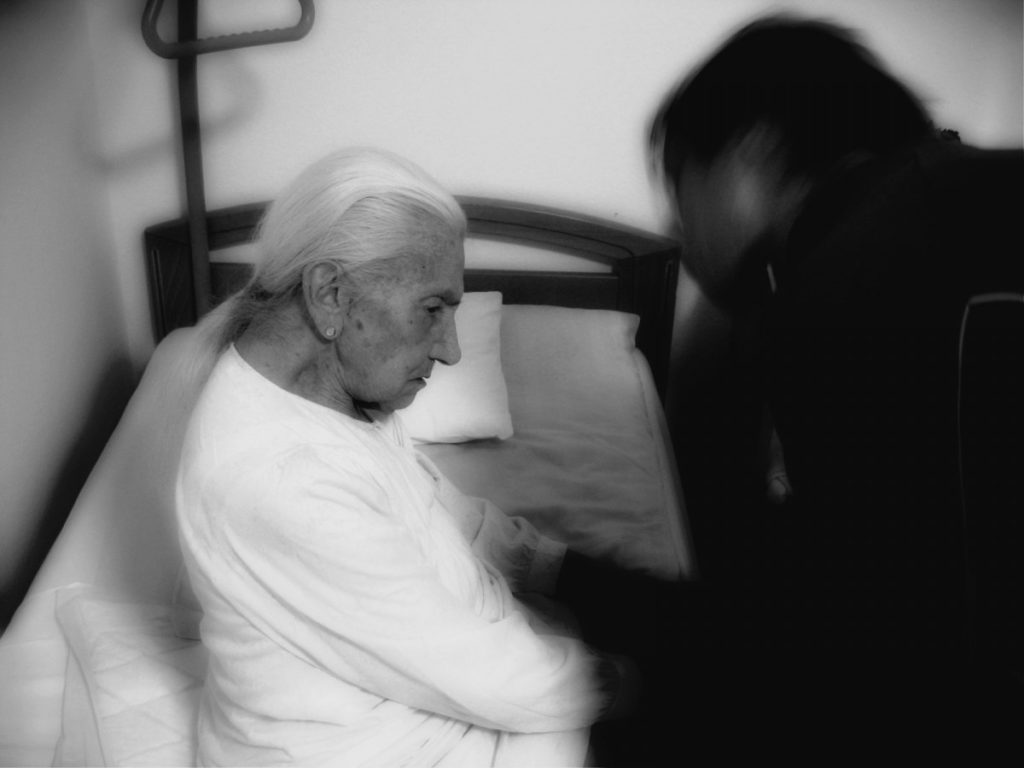Table of contents
Parkinson’s Disease (PD) is a disease produced by a neurodegenerative deterioration that damages the Central Nervous System. It is a chronic disease, and affects each person who suffers it differently. It is not a fatal disease, that is, the affected person will not die from Parkinson’s. The evolution can be very slow, or evolve more quickly. The speed with which the disease develops could be related to the detection of it. That is, the sooner we see the signs to detect Parkinson’s disease, the sooner we can begin treatment and perhaps delay its development.
How is it detected?
1. Tremors begin
2. Calligraphy changes
3. Character change
I have some of these symptoms, what do I do now?
Signs to detect Parkinson’s Disease: How do I detect it?
PD is not easy to diagnose as the signs that occur at first are mild, non-specific and can lead to confusion. Moreover, in the first phase of Parkinson’s, typical symptoms such as tremor and stiffness are usually not present. That is why we consider it important to know the symptoms for the early detection of the disease, and to be able to treat it as soon as possible.
According to studies, the typical initial picture of PD shows the following symptoms:
1. Tremors begin
Not only will tremors be detected, but also pain in the joints, difficulties in making movements. Also slight stiffness in the muscles, loss of balance and firmness of the look, and immobility of the factions.
2. Calligraphy changes
Calligraphy can change and become small and irregular. So decisive is this sign that when a diagnosis is doubtful, the handwriting must be analyzed with a lens to verify the trembling line. Especially at the beginning of the disease.
3. Change of character
Character varies in the early stages of the disease, so irritability or depression without apparent cause is common. Although they are usually nonspecific, they usually manifest themselves in various forms such as agitation, anxiety and/or apparently unfounded fears.
The changes at the emotional level are manifested in the three response systems: cognitive, physiological and motor. Hence the disease does not respond only in a physiological way, but also cognitive and motor. The non-motor symptoms of PD, especially cognitive and psychiatric disorders, often produce greater limitations than the motor symptoms. This is because they cause significant alterations in patients’ family and social relationships.
These three symptoms can persist for a long time before the classic signs that confirm the development of the disease become apparent. For this reason it is important to check them periodically.
I have some of the symptoms, what do I do now?
Generally, when a person detects the symptoms of Parkinson’s, he or she experiences a sense of fear and loss of control. This state of alarm can generate hasty ideas about the disease and, surely, more catastrophic than they really are. For this reason, it is essential to be informed about PD, its evolution, symptoms and treatment.
It is important to focus attention on the present, on the day-to-day, and on continuing to carry out the activities that are usually performed. However, combining rehabilitation therapy to maintain current well-being as much as possible. An effective way to stay informed about the services and benefits of rehabilitation therapies is through Parkinson’s associations.
Although there is currently no cure for Parkinson’s Disease, it can be effectively managed. Via combining medication, cognitive stimulation, healthy lifestyle habits and psychological therapies to relieve emotional pressures and improve, to the extent possible, the person’s quality of life.
You may want to consider hiring a caregiver to help manage your loved ones affected by Parkinson’s Disease.







